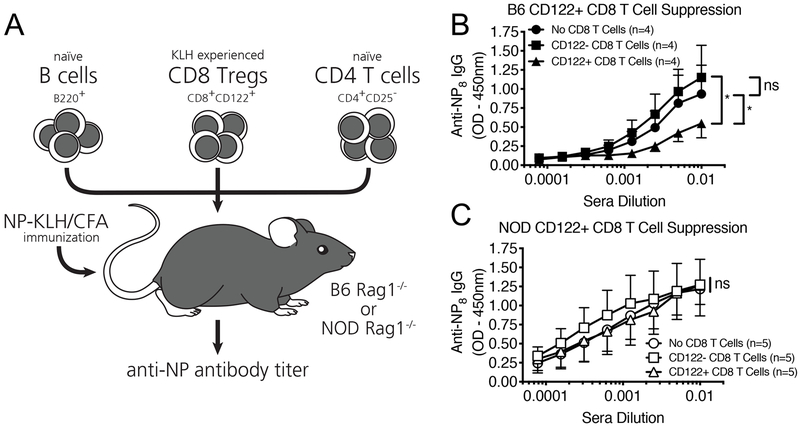Figure 1. NOD mice possess nonfunctional, CD44+ CD122+ CD8 Tregs.
A) In vivo CD8 Treg suppression assay. Briefly, naïve B6 and NOD mice were injected i.p. with NP33-KLH/CFA. Seven days later, splenic CD8+ T cells were sorted fluorescently (FACS) to select for CD8Treg (CD8+CD44+CD122+) and non-CD8 Treg populations (CD8+CD44+CD122-). FACS sorted CD8 Tregs or non-CD8 Tregs (1e5) were i.v. injected into recipient B6.RAG or NOD.RAG mice alongside matched MACS purified splenic B Cells (2e6) and CD4+CD25- T Cells (1e6) from naïve B6 or NOD donors. Mice were immediately injected i.p. with 100ug of NP33-KLH/CFA, boosted with 50ug of NP33-KLH/IFA 10 days later, and the high-affinity anti-NP IgG response was measured via ELISA against NP8 on day 17. B) CD122+ CD8 Tregs (black triangles) from KLH-activated B6 mice readily suppress the high-affinity anti-NP IgG response as compared to mice receiving CD122- non-CD8 Tregs (black squares) or no CD8 T cells (black circles) as a control. C) In comparison, CD122+ CD8 Tregs (white triangles) from KLH-activated NOD mice fail to suppress the high-affinity anti-NP-IgG response over mice receiving CD122- non-CD8 Tregs (white squares) or no CD8 T cells (white circles). Data represent one experiment which was repeated twice with similar results. N=4 mice per B6.RAG recipient, N=5 mice per NOD.RAG recipient. *p<0.05, ns = non-significant, by semi-logarithmic linear regression analysis followed by y-intercept and slope curve comparison or two-way ANOVA followed by Bonferroni post-test.

